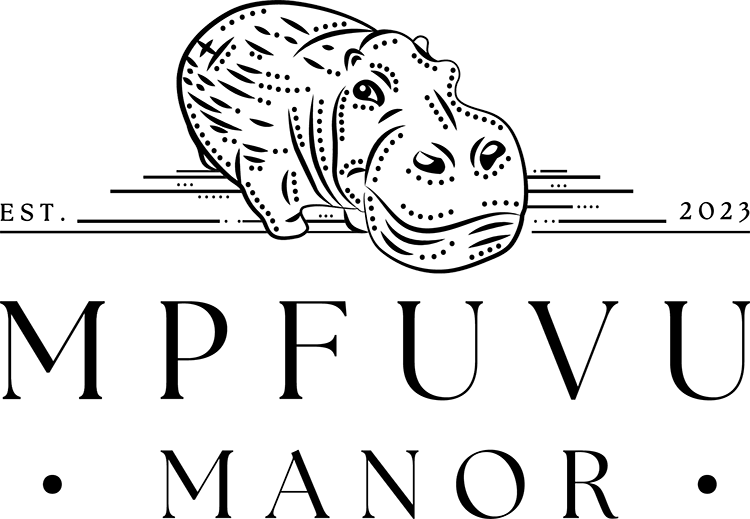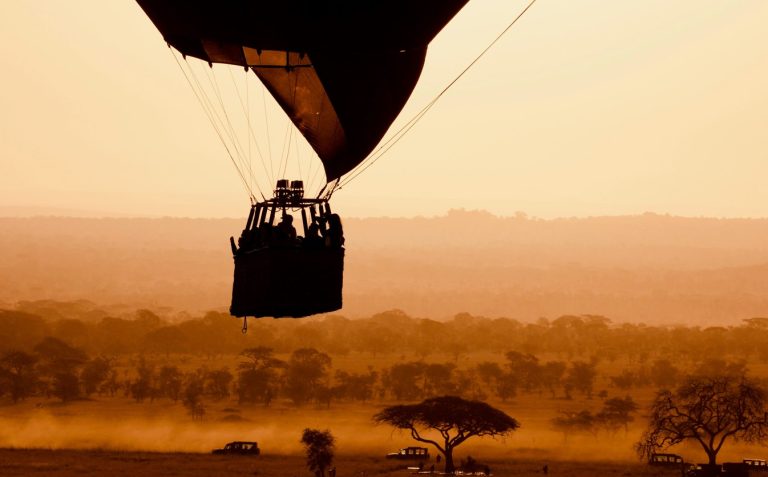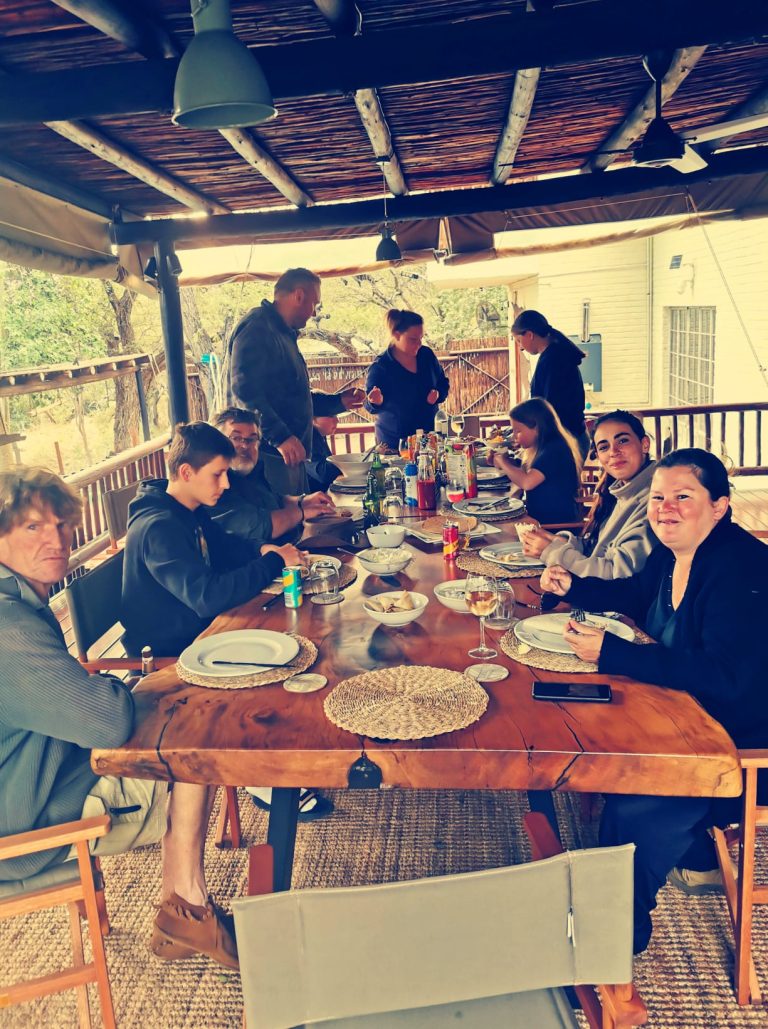One of the Big 5, the loveable and incredible elephant is a sight to behold in the wild.
Mpfuvu Manor is the perfect base to explore nearby Game Reserves in search of these magnificent animals South Africa. Our lodge is just a stone’s throw from some of the most well-loved Game Reserves in the world. Here you can observe wildlife roaming freely and watch the sun rise and set over some of the largest areas of biodiversity in Africa.
Should you choose to go on a safari with us, we can focus on looking for elephants, leopards, rhinos – whatever you want. At your pace. You’ll also be under the guidance of legendary safari guide Graham Cooke – a highly distinguished and internationally renowned guide.
So before we delve into some fun facts and where you can see elephants in South Africa, let’s get to know these beasts a little bit better.
(Unless otherwise credited, all of the photographs in this article are taken by our team while out on safari in South Africa.)
All you need to know about searching for elephants on safari
Often found in families, elephants can be sceptical of human company, in no small part thanks to poachers. However, despite being giants of the animal kingdom, they are gentle creatures and we often see them while on safari from our base at Mpfuvu Manor.
On a recent safari, an elephant walked close to our group. Our hearts were pounding but thankfully safari guides Graham and Steve possess in-depth knowledge, passion and respect towards these animals and their behaviour while in their natural habitat.
This elephant walked past calmly enabling us to get this footage. An amazing experience!
Searching for elephants through dense vegetation can be a challenge. Luckily, unlike lions, leopards and hyenas, due to their size, elephants often tower above the greenery making them a little bit easier to spot.
Knowing popular waterholes where elephants rehydrate is a good place to start as is accessing a high vantage point to observe the savanna in search of a herd on the move. Our knowledgeable guides have been leading safaris for a collective 75 years – so we can confidently say we know all the best hangouts!
When we’re searching for elephants on safari we’ll also look for signs that they have been in the area – tracks, dung and eaten vegetation all help to guide us in the right direction.
“The knowledge and experience of our guides and trackers were off the scale and on numerous occasions we had encounters with “the big five” and more animals than I could imagine! With every different species we received heaps of interesting information and amazing stories from our guides of previous encounters with the animals. I couldn’t believe how close we got to each animal but always felt safe for myself and felt our guide had total respect for the animals space and welfare”
Daniel H – Safari visitor 2021
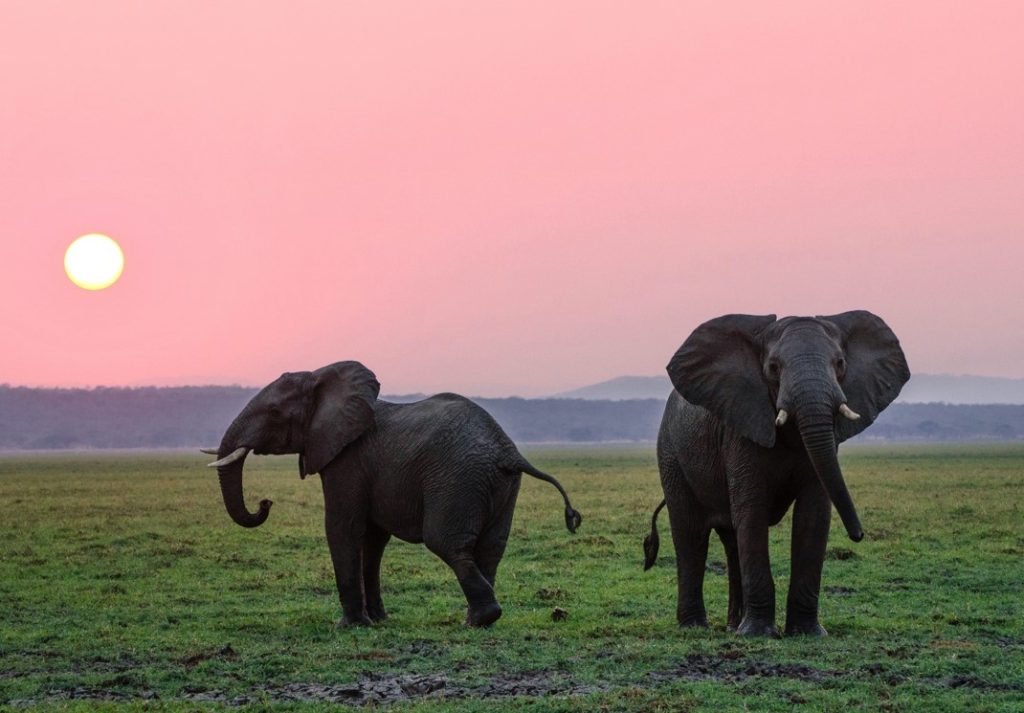
Five elephant facts you need in your life
Amazingly elephants have around 150,000 muscle units in their trunk. Their trunks are perhaps the most sensitive organ found in any mammal. Elephants use their trunks to suck up water to drink – it can contain up to 8 litres of water. They also use their trunks as a snorkel when swimming.
They are the world’s largest land animal with adult males, or bull elephants, reaching 3m high and weighing up to 6 tonnes! Males take around 35 – 40 years to reach their full size – well over half their lifespan as elephants often live for around 60 – 70 years in the wild.
They’ve got good padding as their skin is 2.5cm thick in most places. Plus folds and wrinkles in their skin can retain up to 10 times more water than flat skin, this helps them to cool down in the summer months. Regular dust and mud baths keep their skin clean and protect them from sunburn.
Elephants love an all-you-can-eat buffet as they need to eat up to 150kg of food every day! They eat so much that they can spend up to three-quarters of their day eating. Depending on the season and their habitat, they feast on grasses, leaves, shrubs, fruits and roots.
Just twenty minutes after being born, a baby elephant can stand up. Within an hour they can walk and within two days they can keep up with the whole herd. This is a survival technique and means that the herd can keep migrating to find food and water.
Find out more about these fabulous creatures through the WWF.
Because we track animals naturally, we cannot guarantee you will see elephants while on safari with us, what we can guarantee is that we’ll try and in the process of searching for these magnificent beasts you’ll likely see other Big 5 animals. Our lead guide Graham thrives on sharing his in-depth knowledge about the bush, reconnecting people with the natural world. While searching for elephants on safari, you’ll develop a deep understanding of the myriad of birds, animals, plants and insects South Africa has to offer.
Talking of the Big 5…
What are the Big 5 animals?
Elephants
Elephants are one of the most popular Big 5 animals. Experts believe people are likely drawn to elephants because elephants develop deep social bonds and are intelligent, caring animals.
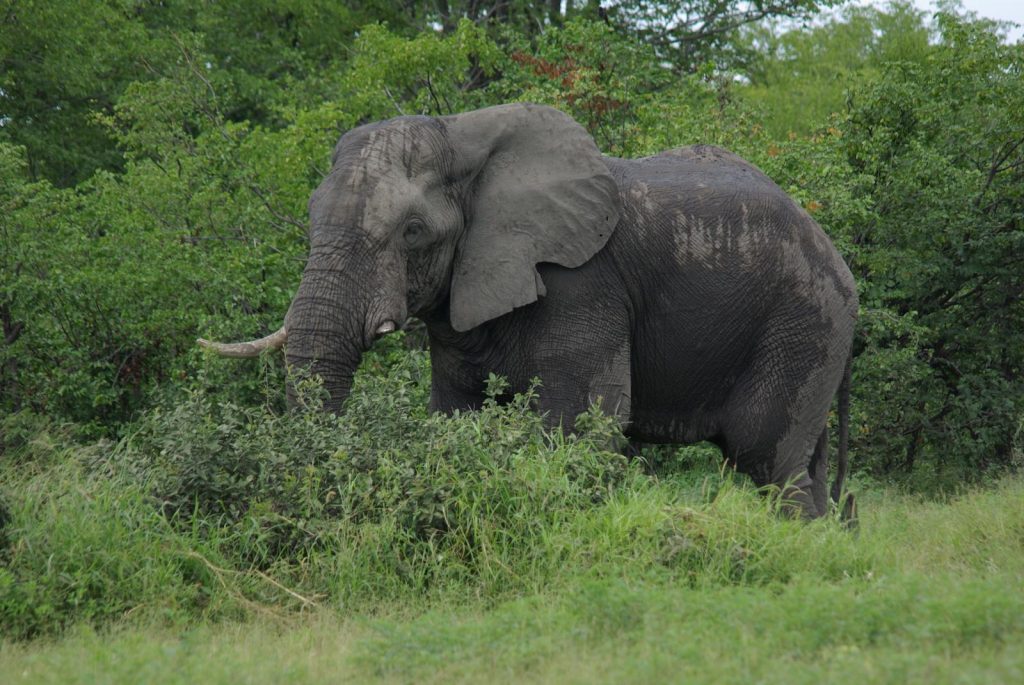
Rhinos
One of the most rare and exotic animals from Africa, rhinos can weigh up to 2 tonnes and measure up to 15ft long. Their trademark horn means they are easily identifiable and when they have to shift, boy can they shift! The ground shakes as they reach speeds of up to 55kph. Our experienced guides will make sure you never experience a rhino charging at you.
Due to the impact of humans – poaching and environmental factors, very few rhinos live outside of national parks and reserves.
A collective of rhinos is called a crash and to catch a rare glimpse of these beasts, join us on safari – our experienced guides know how to track and observe these incredible beasts.
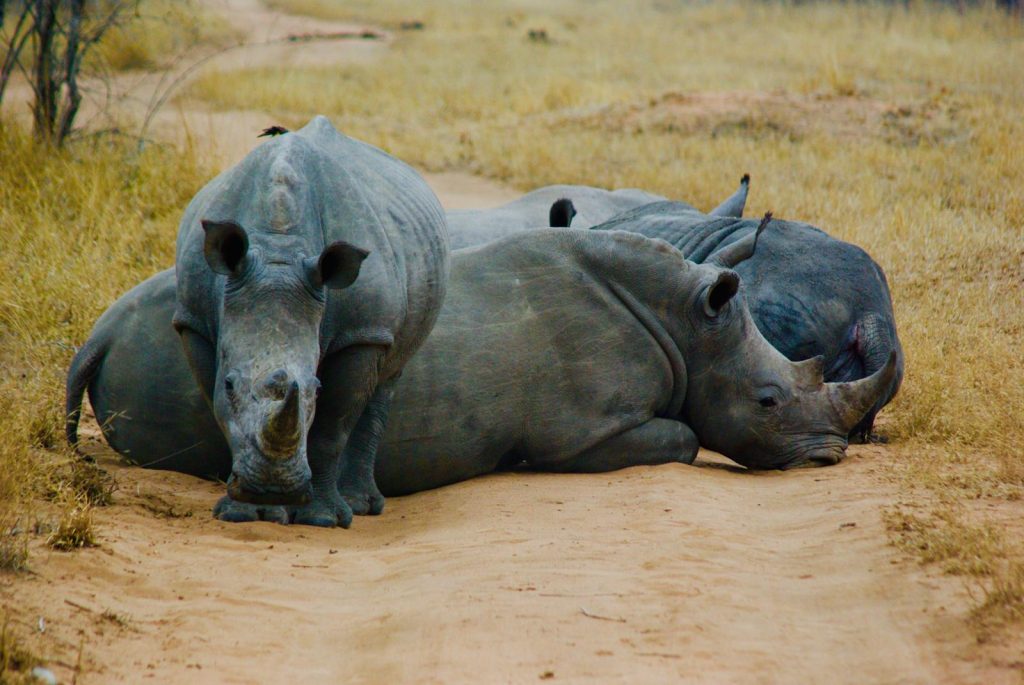
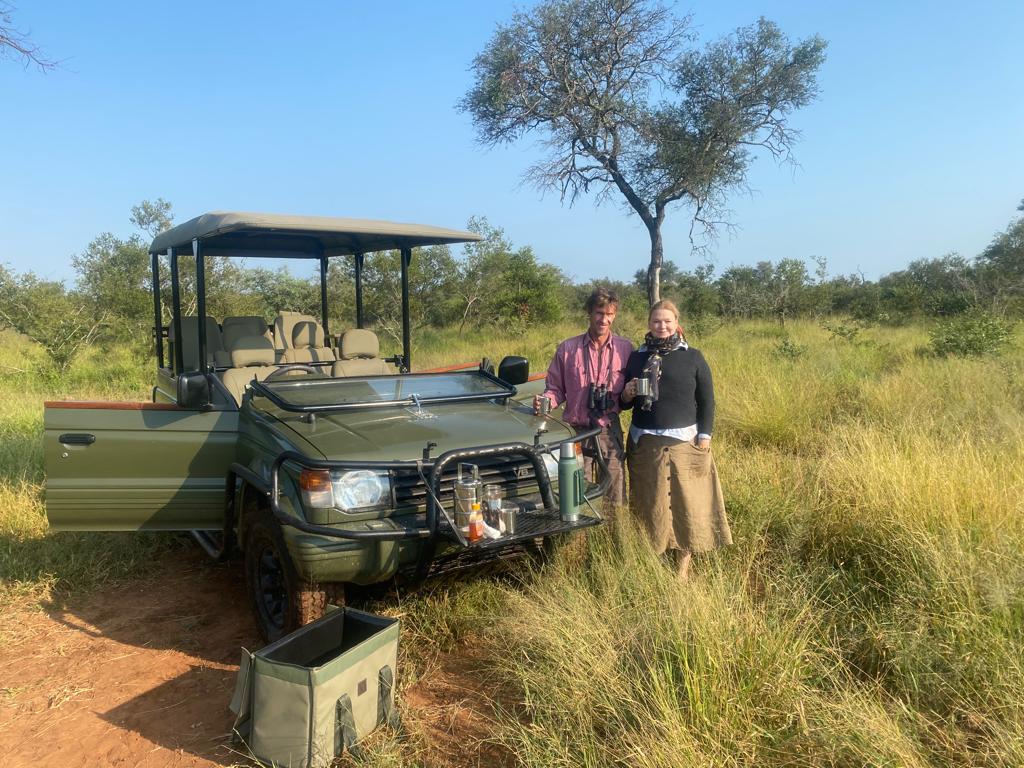
Cape Buffalo
Living in large herds of African plains, the cape buffalo understands the importance of safety in numbers. And while this helps to find them in droves while on safari, it also means you need to keep a safe distance. This is an animal that has become accustomed to defending itself against predators – so it’s anything but friendly.
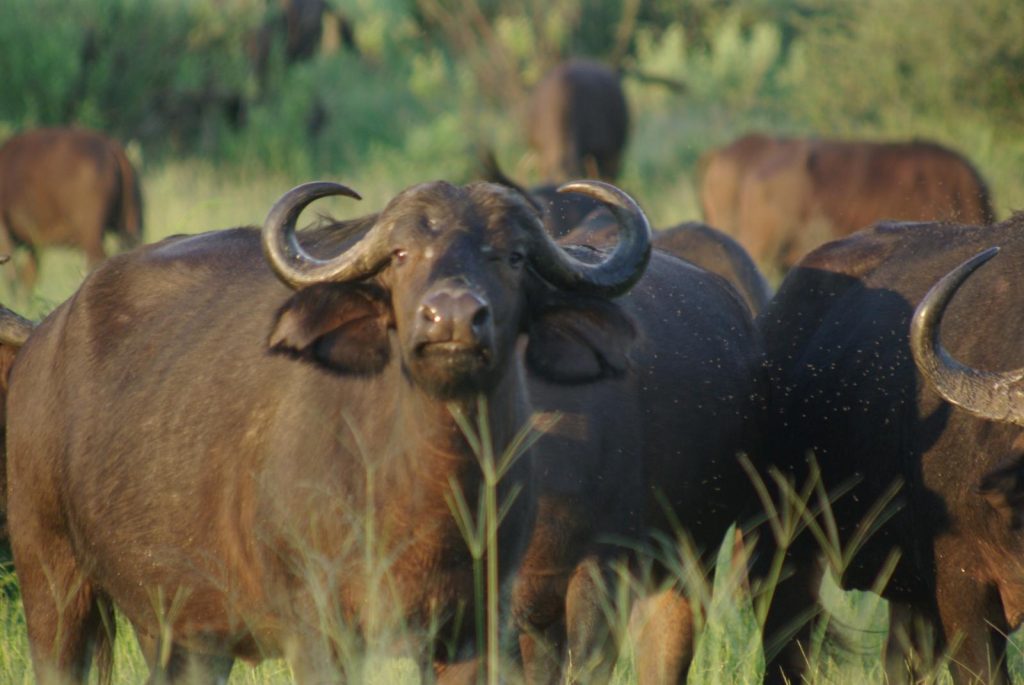
We often spot Cape Buffalo while on safari in South Africa.
Leopards
The smallest of the Big 5, leopards are incredibly agile and strong animals. With their attractive light fur and dark rosettes, we often spot leopards lurking alone and under the cover of vegetation.
Graham Cooke, our safari guide, is a legendary private guide and leopard expert. He raised two baby leopard cubs in the wild and documented his experience in “My Life with Leopards“. He uses this incredible insight to track leopards and other breeds, by their footprints, scents, alarm calls and other cues, while on safari.
The best time to spot a leopard is between May and August, and they frequent all the main parks in South Africa.
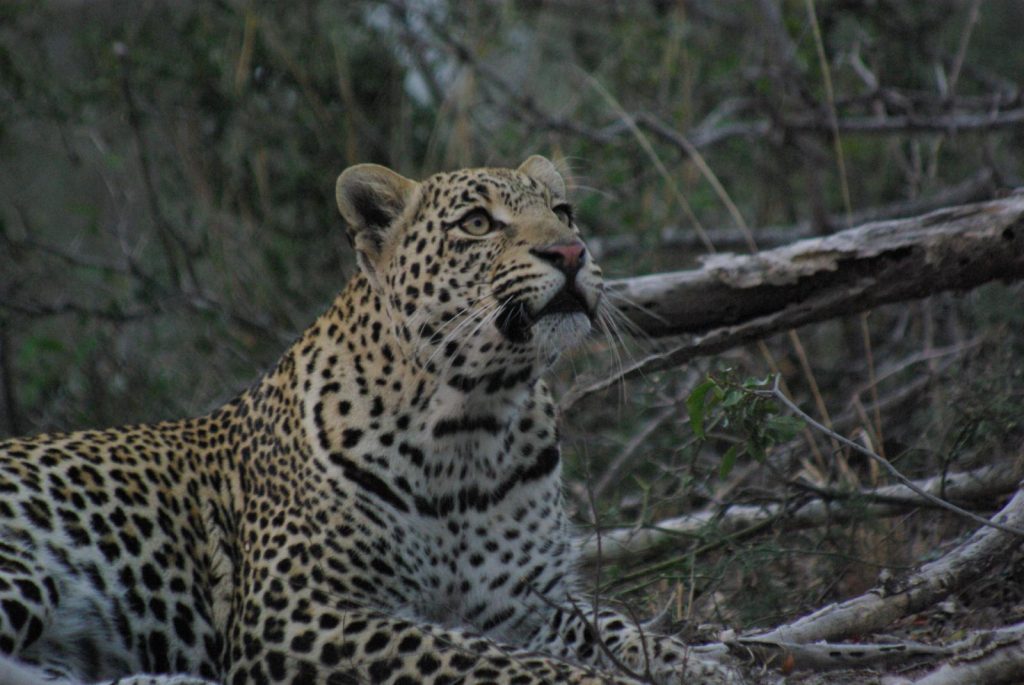
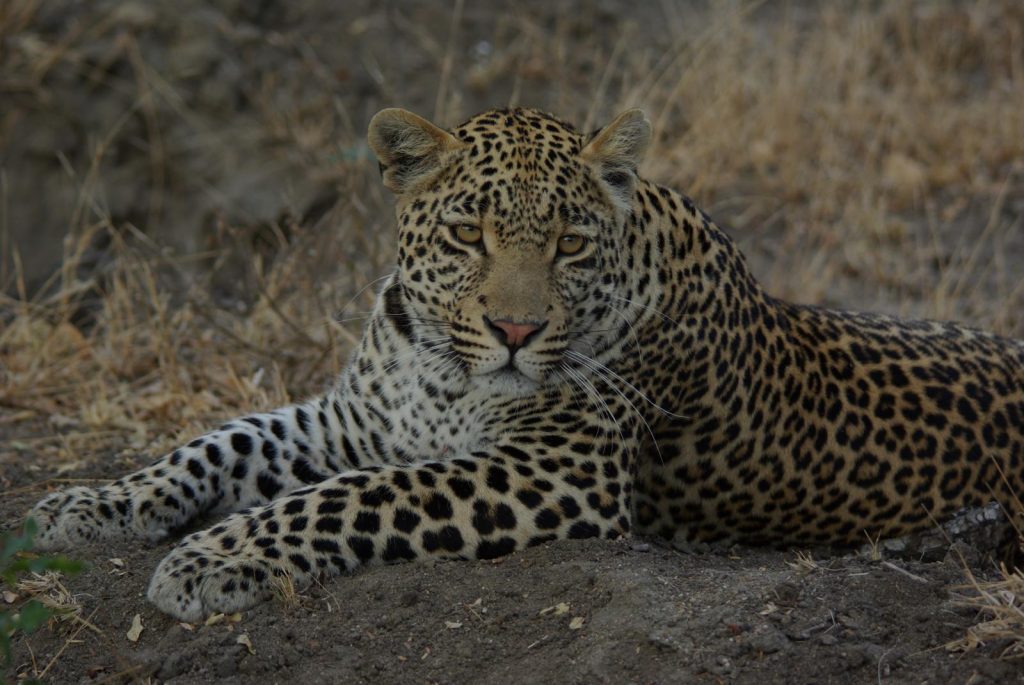
Lions
No safari is complete without spotting lions. Since the lion is a sociable creature, living in groups, you’re likely not to just spot one – but a whole pride of them while on safari. Our experienced team know how to track their movements no matter what time of year you visit.
South Africa is one the best places in the world to spot these incredible big cats.
We have over 75 years of collective experience organising and leading safaris. Through our sister companies Hlatini and Wild Insight Safaris, we build and deliver bespoke tailored packages for you focussed on exclusivity, privacy and your interests.
From the lodge, we can explore Pridelands, Umfula, Manyeleti, Greater Kruger and Kruger Park amongst other locations and the exclusive nature of your stay with us means we can focus on tracking the animals you really want to see. You’ll head home with incredible memories and photographs that will last a lifetime.
